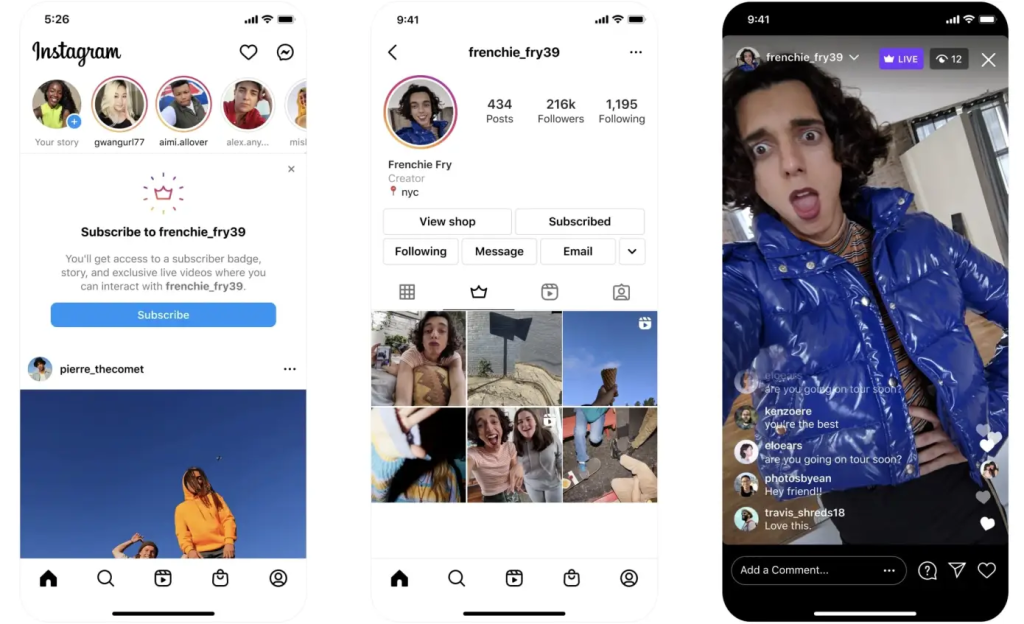Today, Meta has announced the rollout of Instagram subscriptions to eligible creators in several countries, including Australia, Brazil, Canada, France, Germany, Italy, Japan, Mexico, Spain, and the United Kingdom. Following its successful launch in the United States in January 2022, Instagram subscriptions will soon offer creators across the globe the opportunity to provide exclusive paid access to their followers.
This innovative feature enables creators to offer a variety of exclusive content, such as posts, Live videos, Stories, reels, and highlights, to their subscribers. In addition, subscribers receive a special badge that distinguishes them in the comments section and creators’ inboxes, fostering a sense of community and appreciation.
To qualify for Instagram subscriptions, creators must be at least 18 years old and have a follower count exceeding 10,000. They can then set their desired monthly price for the exclusive content, choosing from eight available price points. The prices range from $0.99 per month to a maximum of $99.99 per month, empowering creators to determine the value of their content based on their fan base’s support.
Meta’s goal with subscriptions is to provide creators with a consistent source of monthly income, driven by the loyalty and support of their most dedicated fans. As the rollout continues, Meta plans to expand access to Instagram subscriptions worldwide in the coming months, offering even more creators the opportunity to monetize their content.
In a blog post, Meta emphasized its commitment to developing tools that enable creators to earn revenue, promising more updates in the future. The company initially launched subscriptions on Facebook in 2020 before extending the offering to Instagram, allowing Pages in various countries to offer subscriptions as well.
Instagram joins the ranks of other social media platforms embracing the concept of paid exclusive content. TikTok’s “Series” feature, introduced earlier this year, permits eligible creators to post premium content behind a paywall, while Twitter also provides a subscription feature enabling users to access exclusive tweets from their favorite creators.
The expansion of Instagram subscriptions marks another significant step in empowering creators and fostering mutually beneficial connections between creators and their devoted audiences.








